Ordnance Survey is introducing a database of local nicknames to help emergency services find the right locations. So, do you know where the Eye of the Butt, the Dalek and Slippery Bottom are?
Getting stuck in Slippery Hole may seem hilarious, but it can actually be a matter of life and death.
From the Eye of the Butt to the Dalek, Britain has thousands of bizarre nicknames for sea rocks, cliffs, buildings and other landmarks.
But while you may know how to find Black Knob Point, there is no guarantee that emergency services will know where it is if you are in danger.
Fortunately, Ordnance Survey has now added thousands of unofficial names for locations to a new database for emergency services.
And with more than 9,500 different names on the list, rescue teams can help find people in danger, no matter what strange nickname they use.
Crazy Mary’s Hole and Eye of the Butt are just some of the 9,500 local nicknames added to the new Ordnance Survey Vernacular Names Tool
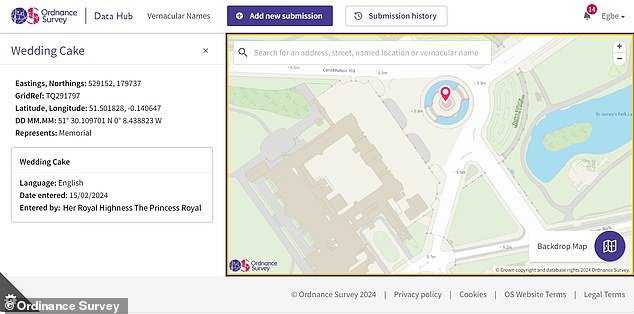
Princess Anne added the ‘Wedding Cake’ as an alternative name for the Victoria Monument near Buckingham Palace in London
The new database, called the Vernacular Names Tool, is a replacement for the FINAN system used by HM Coastguard for more than 10 years.
FINTAN was founded to collect local names for coastal areas so that the public could use them during an emergency.
Many of these old-fashioned names are commonly used by locals, but do not appear on any maps of the area.
This meant that it was often difficult to find individuals who could describe their location using the local name alone.
This new database will replace FINAN, combining existing names with new information from blue light organizations across the country.
Local teams have been invited to add their own nicknames to the database and ONS hopes even more people will be encouraged to take part.
Chief of Coastguard Peter Mizen said: ‘The Vernacular Tool is an incredibly useful tool that our Maritime Rescue Coordination Centers have access to.
‘It has enabled local knowledge to be shared across our operational network and there are examples where its use has improved the mission of critical rescue assets.’
The use of local nicknames has already enabled the rescue of several members of the public.
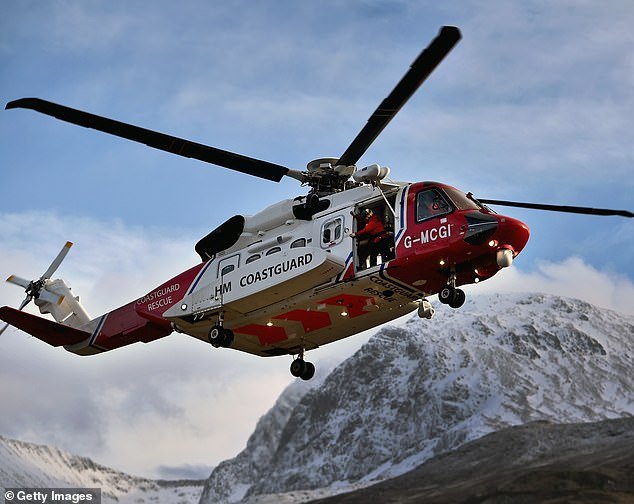
This tool aims to help emergency services like the Coast Guard find people faster by using local nicknames for key locations (file photo)
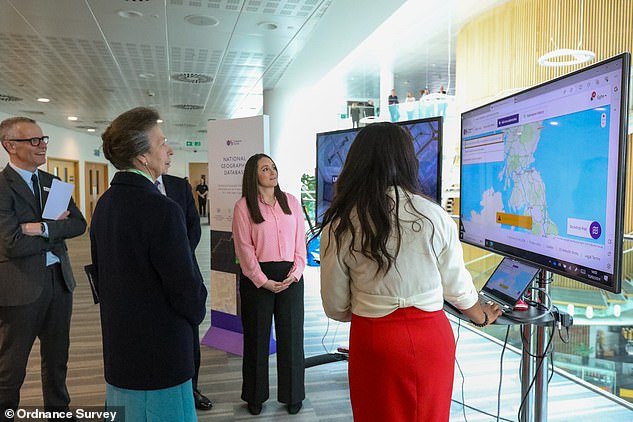
At the launch of the new database, Princess Anne visited Ordnance Survey headquarters to add her own nickname to the list
For example, a coastguard team was able to save a victim with a hip injury thanks to a member of the public who identified the natural beach at Morfa Dyffryn, just up the coast from Barmouth.
The injured person was originally thought to be on a separate stretch of sand further south, and without local knowledge he might not have been found so quickly.
The launch of the tool was kicked off with a visit to OS headquarters by HRH The Princess Royal, Princess Anne.
During the visit, Princess Anne made her own contribution to the Vernacular Names Tool, adding ‘the wedding cake’ as an alternative name for the Queen Victoria Memorial in London.
John Kimmance, Managing Director of OS National Mapping Services, says: ‘No matter where we live, we all have nicknames for local places – and uploading them to a database can really mean the difference between life and death in an emergency call.
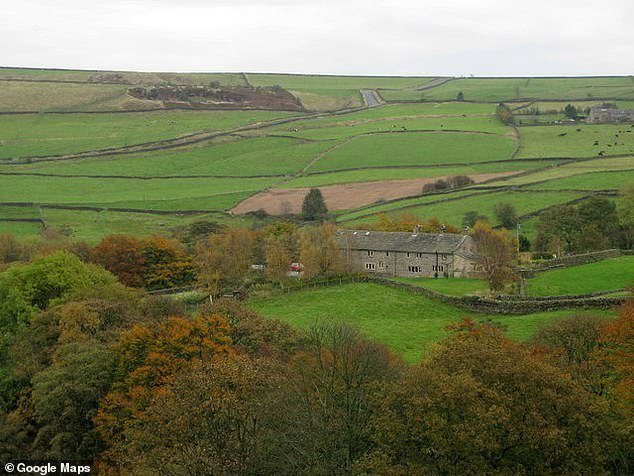
Places like Stinking Hole (pictured) may be known to locals, but emergency services may not be able to quickly find injured people based on name alone
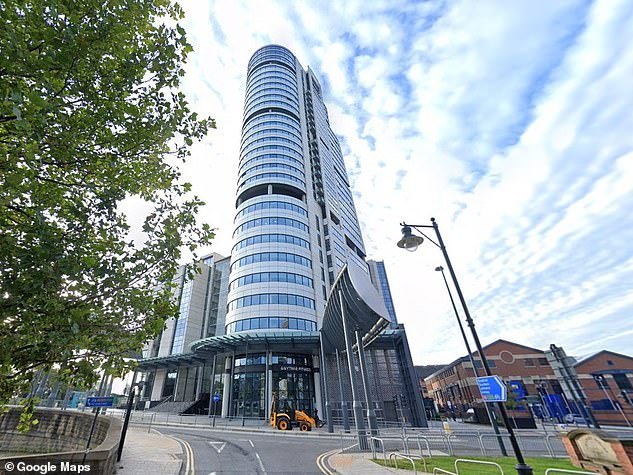
The new list replaces an older database for coastal locations and includes inland landmarks such as buildings like The Dalek (pictured), the local name for Bridgewater Place
‘It’s great to see how Fintan has added value to HM Coastguard’s work – we’re now keen to ensure more 999 services upload information to this vital tool.’
Founded in 1791, OS is known for its physical maps and OS Maps, the mapping app for iOS and Android, which offers free and paid user options.
The paper maps, first published in 1801, are updated every three to five years, but the ‘master copy’ map of Britain is a huge digital file updated with 20,000 new pieces of information every day.
The company has also recently attempted to update its maps for more modern needs, asking the public to suggest new map symbols.
Possible updates suggested by OS include bicycle repair shops, cafes, dog waste bins and accessibility notes for wheelchair users.
